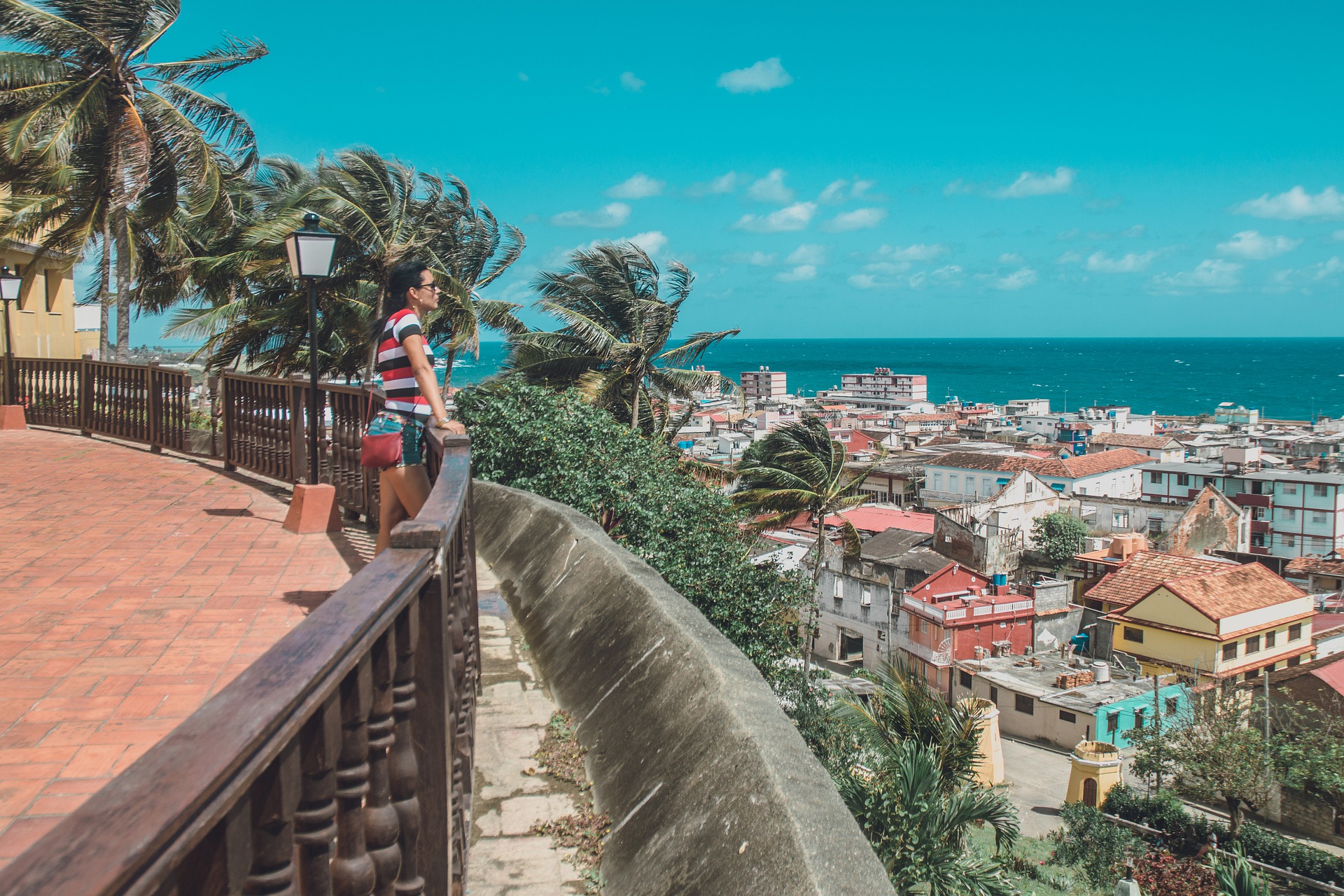Now that vacation flights have resumed to Cuba, albeit on a limited scale, can we expect Canadians to maintain their position as that Caribbean country’s most favoured source of tourism?
It seems so: with Canadians accounting for one-fourth of all tourists to Cuba (1.1 million of 4.4 million in 2019), that lead is likely untouchable, for now at least. The runner-up USA, which provided 650,000 tourists (mostly on special group and family-connection programs) in 2019, will continue to lessen its numbers as the long-standing trade embargo is strengthened. But there is no shortage of tourists from Europe and Asia applying for Cuban tourist visas, and high among them are Russian tourists, who have already started chartered flights into Cuba this month (along with German tourists). In 2019, approximately 178,000 Russians visited Cuba—up 30 per cent from the previous year.
According to Cuban authorities, Russians have submitted the fourth-highest number of tourist applications of all countries so far and Cuban authorities estimate Russia will be sending over some 200,000 tourists annually very, very soon. (It’s noteworthy that as of this writing, Russian President Vladimir Putin is meeting with Cuban President Miguel Díaz-Canel in Moscow to strengthen diplomatic and trade and relations between the two countries).
What can Canadians expect in Cuba now?
To date, the few Canadian flights to Cuba, mostly from Montreal and Toronto, have gone without a hitch—all passengers testing negative for the COVID-19 virus on arrival. At present, all foreign visitors, including Canadians, must have private medical insurance that specifically covers COVID-19. If not, they’ll have to buy it from Cuban companies on arrival. It’s a stipulation that is being required by increasing numbers of Caribbean nations.
Cuba is also testing all arriving passengers (it’s free) and requiring them to shelter at their designated hotels for 24 hours until their tests are cleared. After that, they are required to confine their movements to specified areas within their designated “tourist corridors.” Each of the designated areas—e.g., Varadero, the Cayo areas, as well as other areas throughout this, the largest nation by area in the Caribbean—have plenty of quality hotels and restaurants, shopping plazas, golf sources, and marinas available for visitors, so the services are not spartan.
Havana, however, is still off-limits to any tourism, although a reopening is in the planning stages for early 2021—maybe sooner. But don’t put Havana on your bucket list just yet. Check first if that’s your primary goal.
In addition, to avoid cash handling, visitors can now pay for most services by credit or debit cards from Canadian banks outside of their hotels—that includes approved taxis, car rentals, and tours. Lessner Gomez, director of the Cuba Tourist Board, says: “this measure has been applauded by Canadians since it’s not only more convenient and safe, it also gives them a chance to avoid currency exchange into Convertible pesos (CUC), now tourists can pay directly with credit cards and with their own currency.”
So, when making your arrangements, be very clear you understand the restraints within the tourist corridors and your own responsibilities once you arrive. The Cuban government’s emphasis is on limiting your exposure to health risk. And understand that while at your resorts or on side-trips, you will still have to adhere to the local health and safety rules: wearing masks, keeping safe distances, all of the measures you have been holding to at home.
© Copyright 2020 Milan Korcok. All rights reserved.

